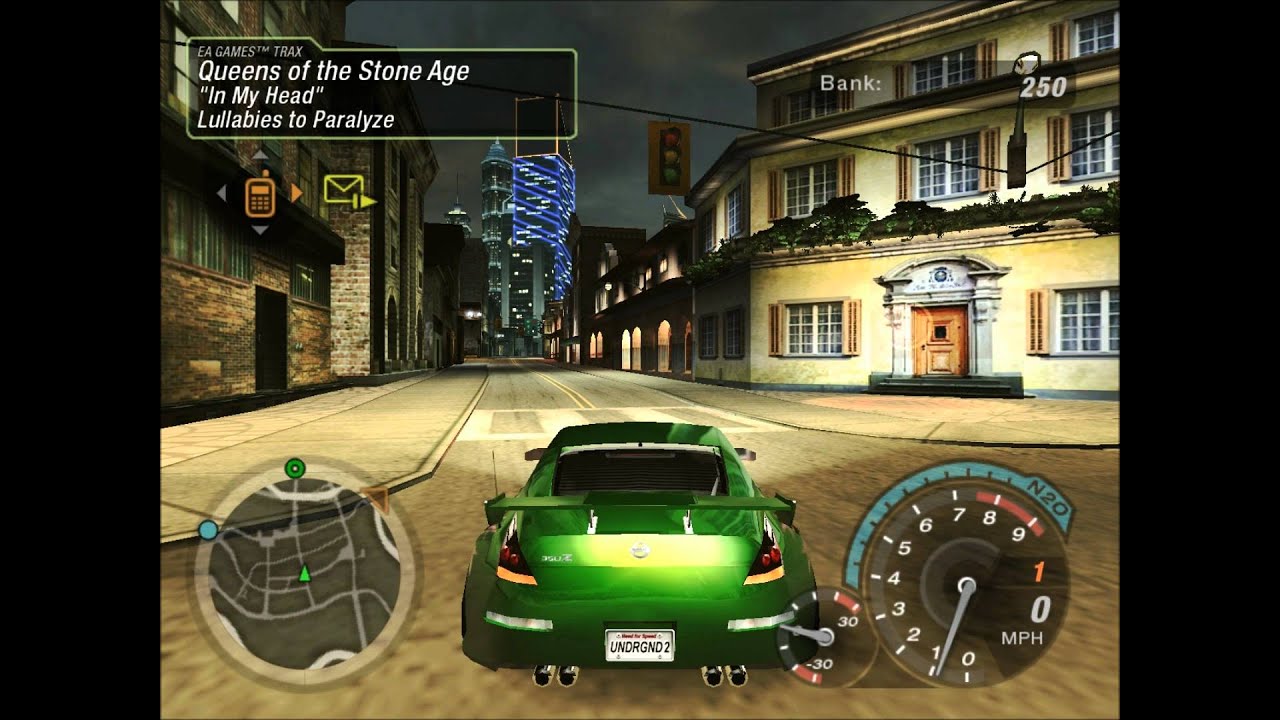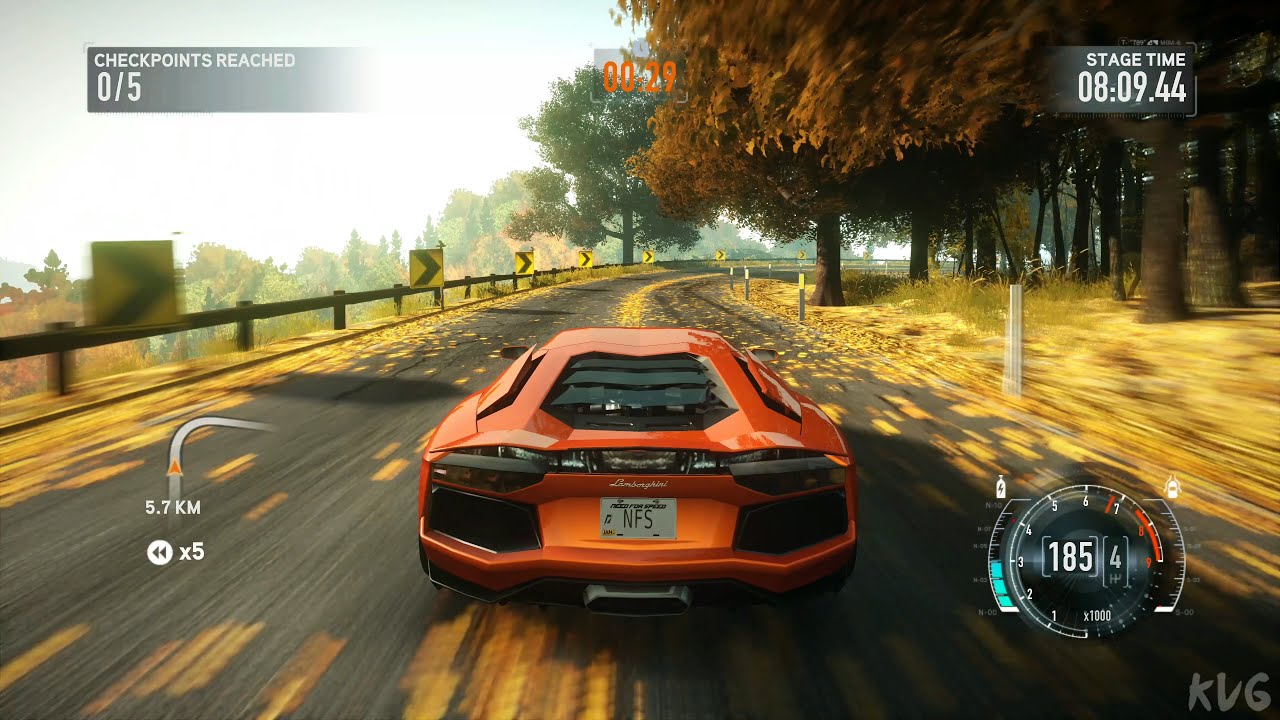Introduction
Welcome, racing enthusiasts and gamers alike, to the high-octane world of Need for Speed! Since its inception in 1994, this iconic racing game franchise has been the ultimate destination for adrenaline junkies and car enthusiasts. Join us as we take a joyride through the entire Need for Speed series, exploring the evolution of gameplay, the allure of custom cars, and the unwavering passion for speed that defines this beloved gaming franchise.
Need for Speed (1994) 
The journey began with the original Need for Speed, an instant classic that introduced players to the thrill of high-speed racing. Featuring a selection of exotic cars and stunning visuals for its time, this game set the foundation for what was to become an enduring racing franchise.
Need for Speed II (1997) 
Three years later, Need for Speed II hit the scene, upping the ante with more cars, tracks, and advanced gameplay. The introduction of multiplayer support further elevated the excitement as friends and foes competed for racing supremacy.
Need for Speed III: Hot Pursuit (1998) 
In this game, the franchise introduced the iconic police pursuit feature, adding an exhilarating twist to the already heart-pounding races. Players experienced the thrill of being pursued by law enforcement while dodging obstacles and deploying countermeasures to escape capture.
Need for Speed: High Stakes (1999) 
High Stakes brought intense risk-and-reward gameplay to the forefront. The introduction of vehicle damage and a career mode that allowed players to bet their own cars on races added a new layer of excitement and tension to the experience.
Need for Speed: Porsche Unleashed (2000) 
Dedicated to Porsche fans, this title offered an exclusive opportunity to delve into the history of the iconic car manufacturer. With a wide range of Porsche models and historically accurate tracks, Porsche Unleashed proved to be a treat for racing enthusiasts and automotive history buffs alike.
Need for Speed: Hot Pursuit 2 (2002) 
Reviving the exhilarating police chase mechanics, Hot Pursuit 2 elevated the racing experience to new heights. Stunning graphics, an impressive roster of supercars, and a thrilling soundtrack contributed to the game’s success.
Need for Speed: Underground (2003) 
Underground marked a significant shift in the franchise’s direction, focusing on underground street racing culture. With extensive car customization options, neon-lit cityscapes, and an adrenaline-pumping soundtrack, Underground became a massive hit, setting the stage for the modern era of Need for Speed.
Need for Speed: Most Wanted (2005) 
Most Wanted continued the success of Underground, combining intense street racing with thrilling police pursuits. The “Blacklist” feature, where players raced against the most wanted street racers, added a compelling narrative element to the game.
Need for Speed: Carbon (2006) 
Carbon built upon the success of Most Wanted, introducing the “Canyon Duel” feature, which tested players’ racing skills in treacherous canyons. With a gripping storyline and new car classes, Carbon solidified its place as a worthy addition to the franchise.
Need for Speed: ProStreet (2007) 
ProStreet took a departure from illegal street racing, instead focusing on legal, organized racing events. The game emphasized realistic physics and car damage, offering a different but equally challenging experience for racing enthusiasts.
Need for Speed: Shift (2009) 
Shift marked a return to simulation-style racing, offering a more authentic driving experience. With a dynamic in-car camera perspective and realistic handling, Shift aimed to appeal to racing purists seeking a more true-to-life experience.
Need for Speed: Hot Pursuit (2010) 
Returning to the roots of Hot Pursuit, this reboot brought back the thrill of police pursuits and intense action-packed racing. Developed by Criterion Games, it delivered high-speed mayhem and breathtaking visuals, making it a standout title in the franchise.
Need for Speed: The Run (2011) 
The Run took players on a cross-country racing adventure, offering a cinematic experience with a focus on high-stakes races and dramatic storytelling. It was a unique departure from the typical open-world format of previous titles.
Need for Speed: Rivals (2013) 
Rivals merged the best of the Hot Pursuit series with the open-world exploration of Most Wanted. Players could choose to be either racers or cops, engaging in heart-stopping pursuits and earning points to unlock new cars and upgrades.
Need for Speed (2015) 
This reboot aimed to capture the essence of Underground, combining street racing culture with modern graphics and features. With an open-world setting, deep car customization, and a nod to the franchise’s roots, this game reinvigorated the passion for Need for Speed.
Need for Speed Payback (2017) 
Payback embraced the spirit of action-packed heist movies, blending intense racing with a storyline of revenge and betrayal. The game introduced three distinct characters with unique abilities, offering diverse gameplay experiences.
Need for Speed Heat (2019) 
Heat brought the franchise into the neon-lit streets of Palm City, with a day-night cycle that influenced the gameplay. By day, players competed in sanctioned races to earn money, while illegal street racing at night increased the risk and rewards.
Conclusion
Need for Speed has come a long way since its inception, constantly evolving and reinventing itself to meet the expectations of players. From the classic arcade-style races to the immersive open-world experiences, each installment has left its mark on the hearts of fans. As we eagerly await the next iteration of this beloved franchise, let us celebrate the enduring legacy of Need for Speed and the countless hours of adrenaline-fueled fun it has provided to gamers around the world. The streets are calling, and the need for speed is never-ending!

